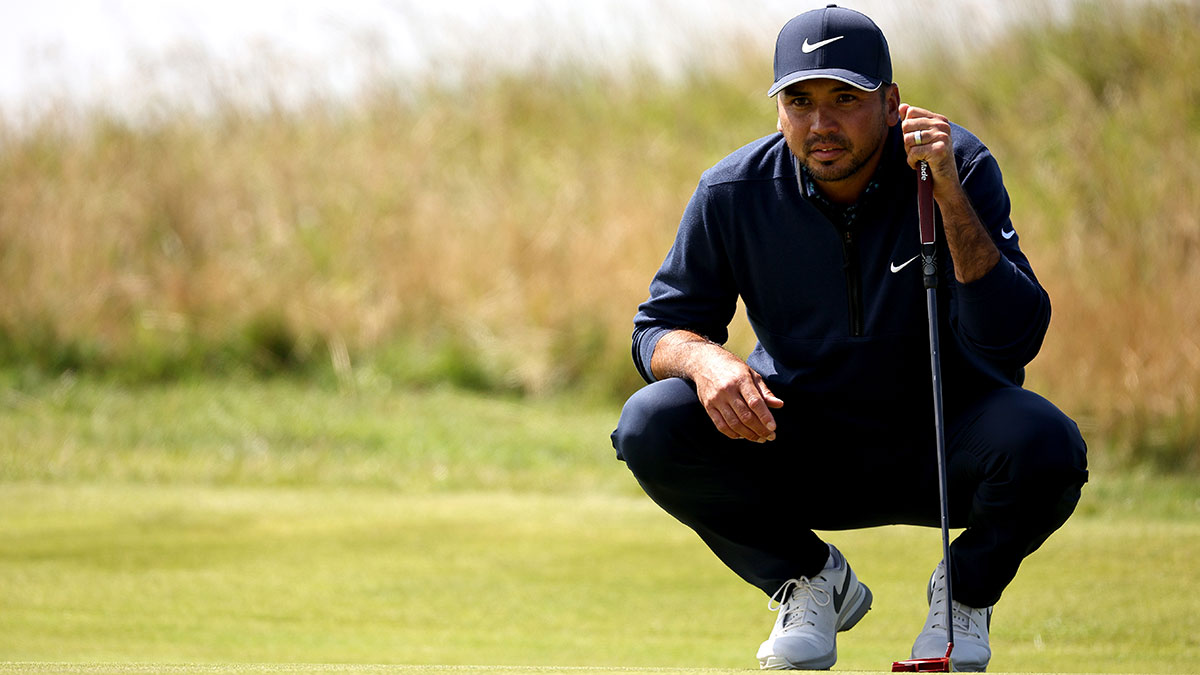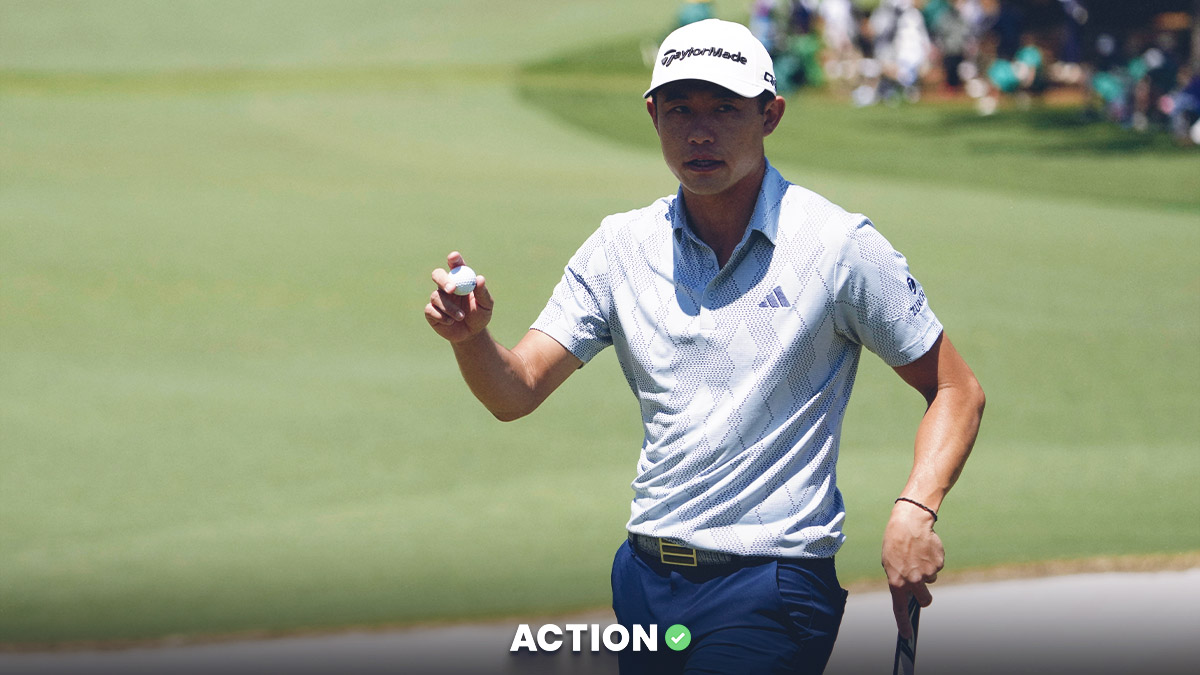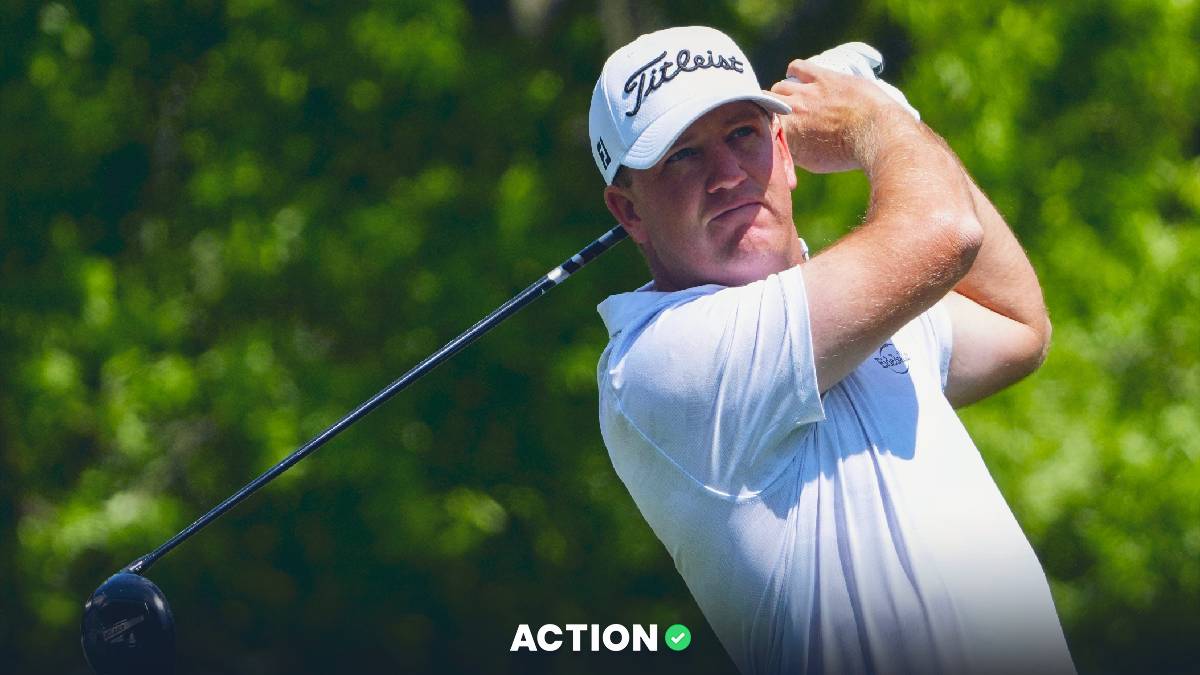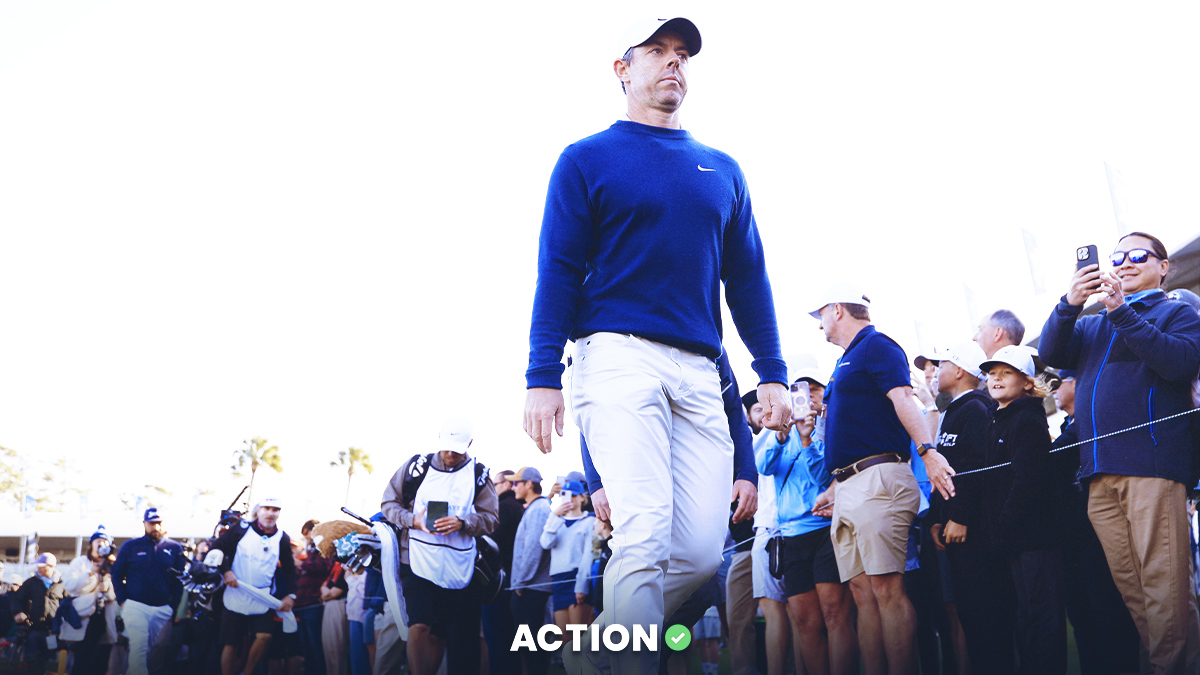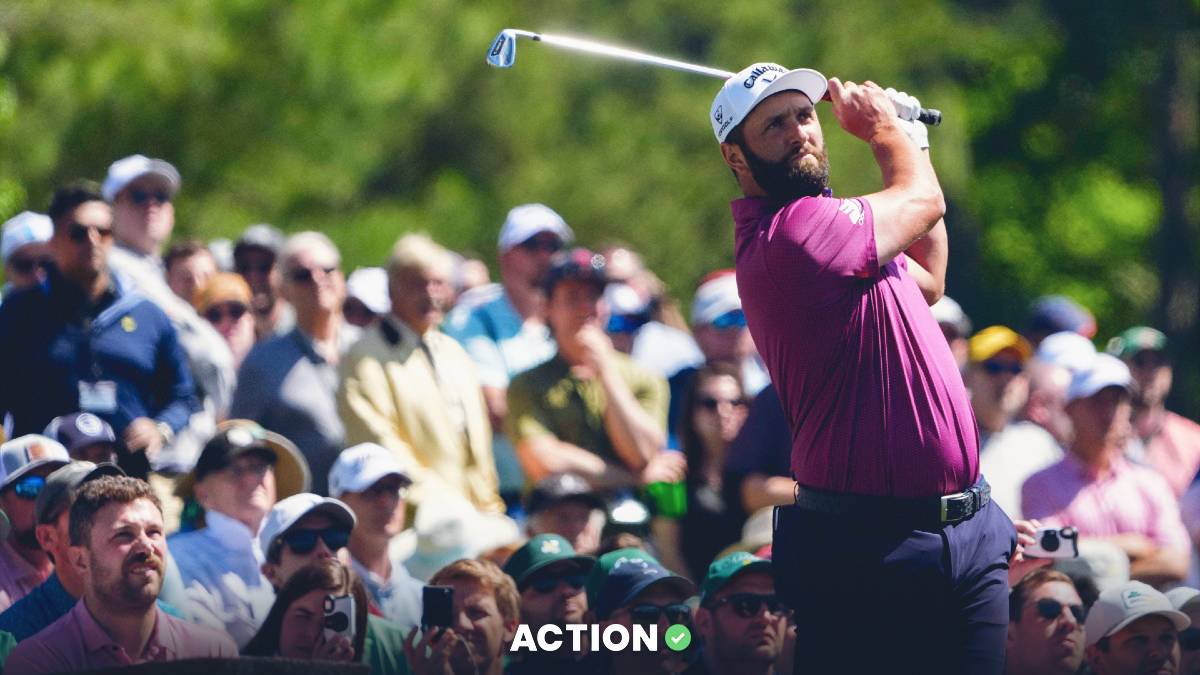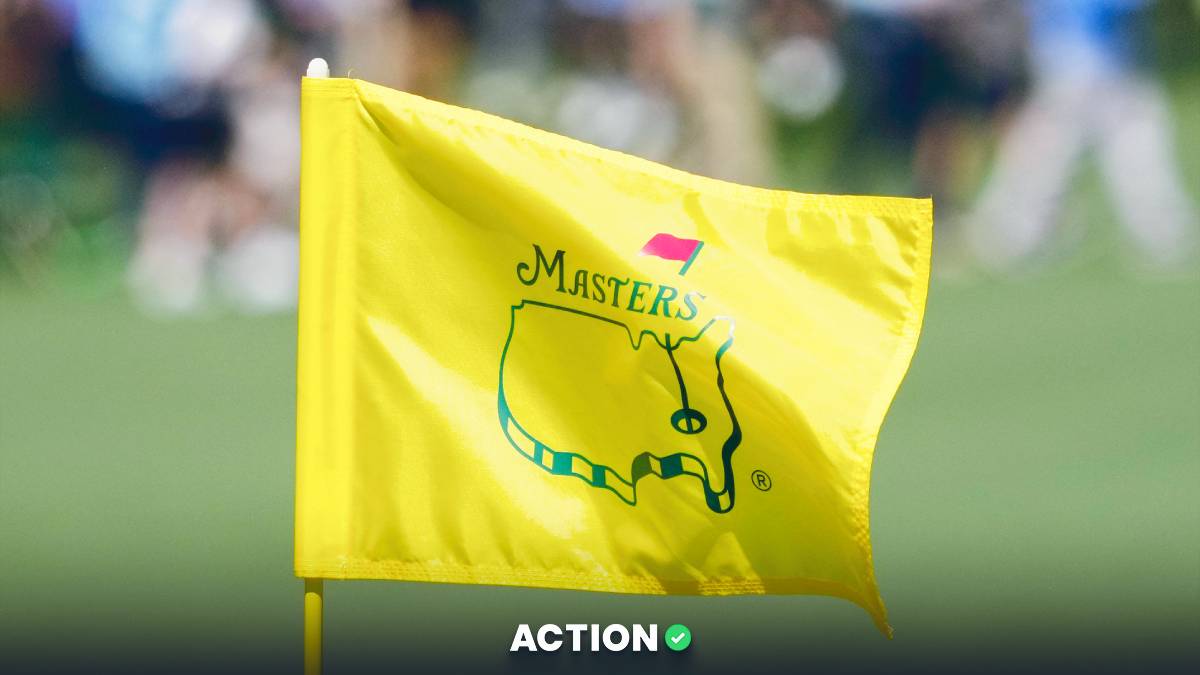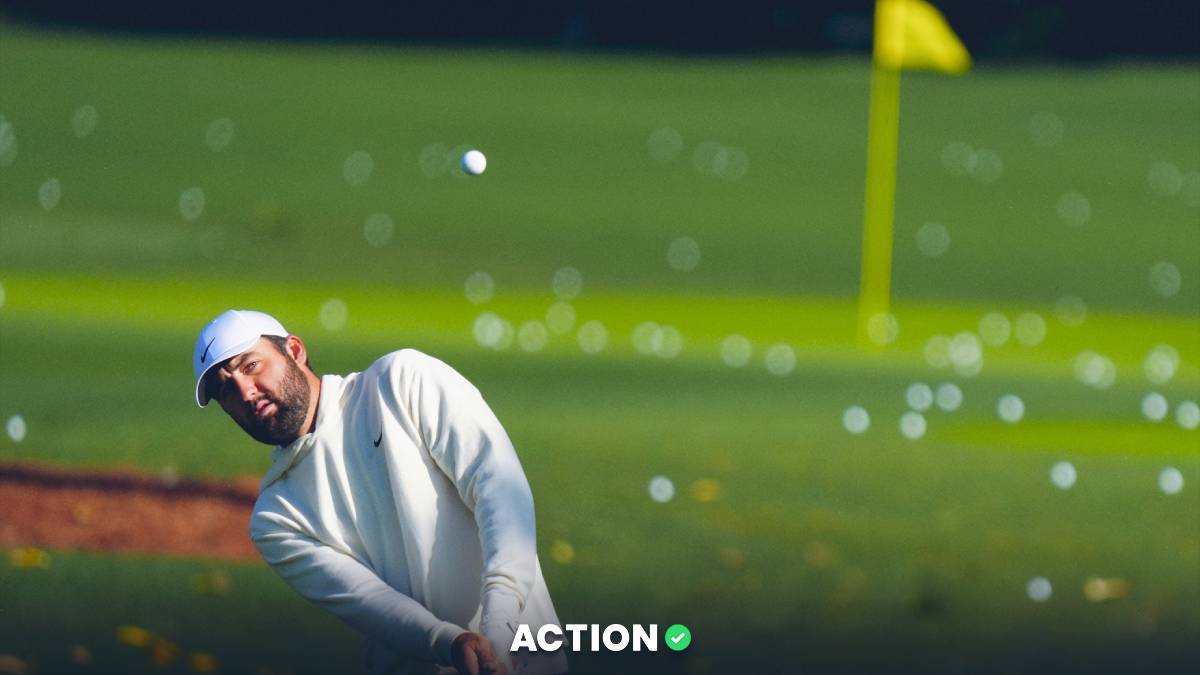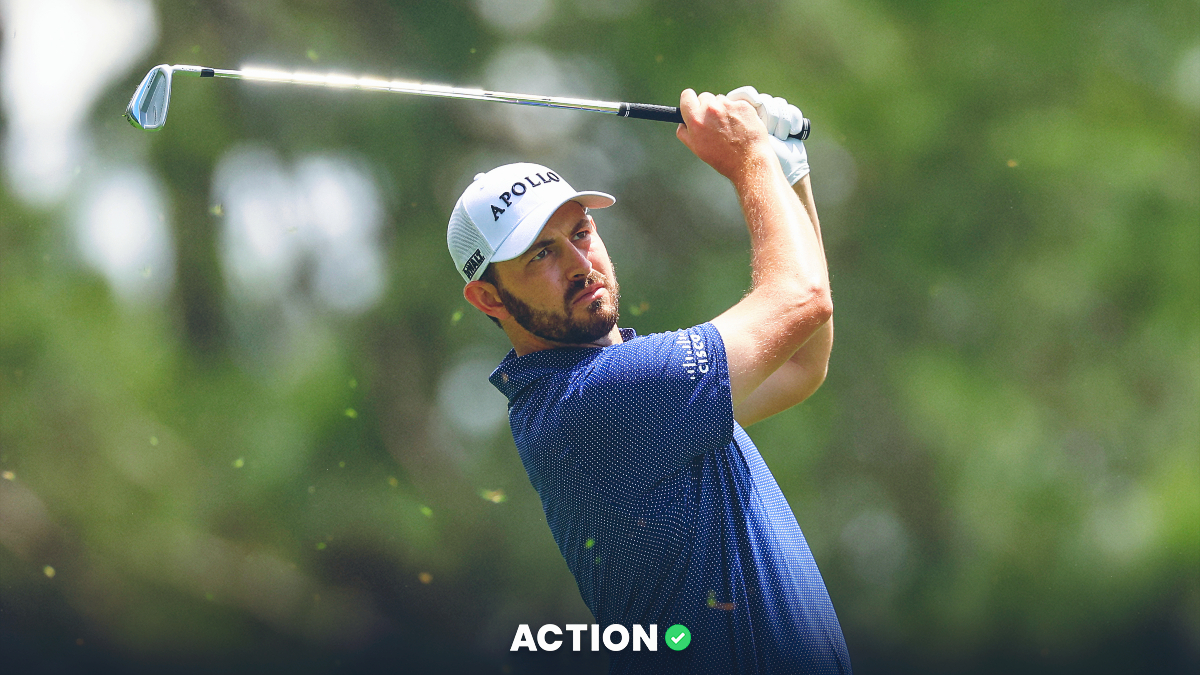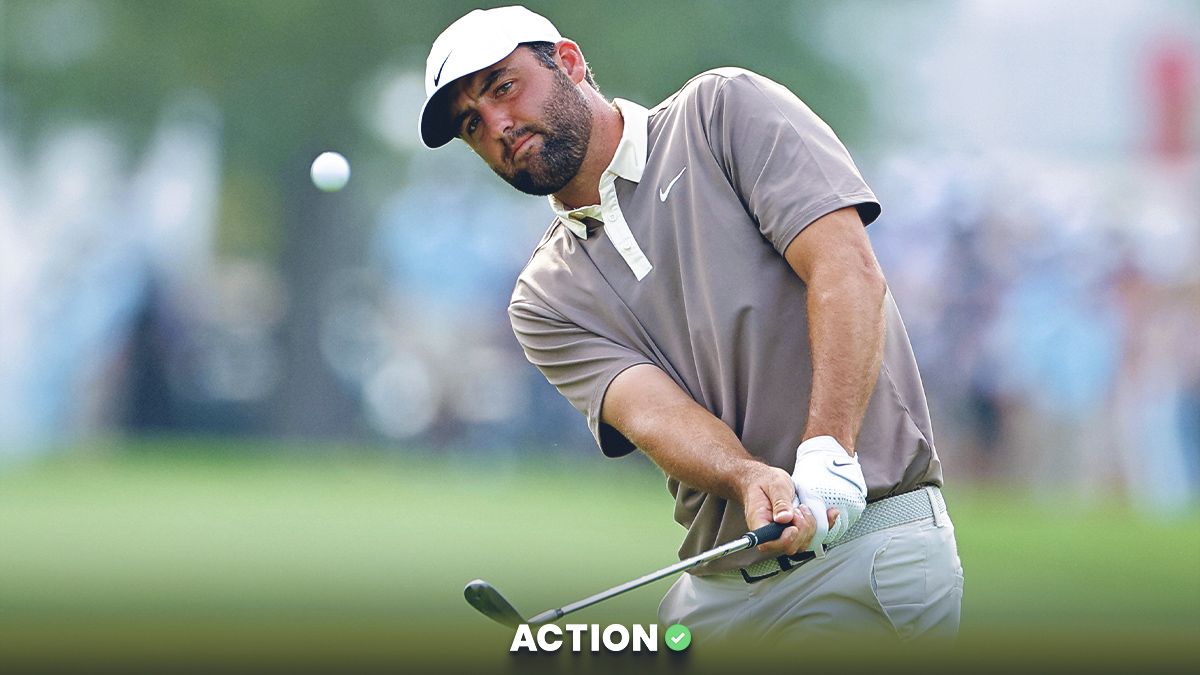We often see surprise winners at The Open Championship more than any of the other three majors. If the first 36 holes are any indication, we could be in for a repeat this year after Brian Harman blitzed the field by getting out to 10-under par through his first two rounds. His round on Friday featured a closing eagle to cap a tournament-best round of 6-under 65.
Harman is seeking his first major championship at Royal Liverpool, and he'll do it as a longshot who had odds well into triple digits when the tournament started on Thursday.
It won't be easy for the former Georgia Bulldog, though, as he will have to avoid the many big numbers that are around this course. He's also up against local crowd favorite, Tommy Fleetwood, and several other big names. Fleetwood will pair up with Harman in the final tee time on Saturday, but will begin the day five shots back.
Sepp Straka, fresh off his win at the John Deere Classic, is the only player at 4-under before the leaderboard begins to bunch up a bit behind him. Overall, there are 24 players under par, but those back to even are a full 10 shots behind.
The way I'm looking at this going into Saturday is that there is simply too much golf left to play to expect Harman to pull away. He's just a poor hole or two from bringing a large contingent of players back into the mix, and I'll be chasing the value he's created by separating himself.
Strokes Gained Explanation
Strokes Gained gives bettors, DFS players and fans way more detail on how a golfer has truly played by measuring each shot in relation to the rest of the field.
Using the millions of data points it collects, the Tour calculates how many shots on average it takes a player to get the ball in the hole from every distance and situation.
If a player beats those averages, he’s gaining strokes on the field. Every situation in golf is different. Strokes Gained measures how players perform relative to the situation.
In this piece, we’ll touch on a variety of Strokes Gained metrics:
- Strokes Gained: Off-the-Tee
- Strokes Gained: Approach
- Strokes Gained: Around-the-Green
- Strokes Gained: Putting
- Strokes Gained: Ball Striking (which is Off-the-Tee + Approach)
- Strokes Gained: Tee-to-Green (which is Ball-Striking + Around-the-Green)
In general, SG: Ball Striking and SG: Tee-to-Green are the most stable long term, while putting is more prone to volatility. You can often find live-betting advantages by identifying golfers who are hitting the ball well, but aren’t getting putts to drop.
Likewise, players with high SG: Putting numbers may regress moving forward.
2023 Open Championship Round 3 Best Bets: 3 Golfers to Buy
If we've learned anything about this course through the first two rounds, it's that you have to have your game going throughout your bag tee to green.
All of the top five players on the leaderboard are gaining strokes in every metric of that category; the same can be said for many of the players who are under par to start the week. I'll be narrowing in on those guys for my buys on Saturday — the first one who stands out is Jason Day.
Day has had a resurgence this year, peaking with his win at the AT&T Byron Nelson. He seems to have found that form again through two rounds.
He's gaining strokes on the field with every club, and now that he has his confidence back, I think he will stick around near the top the rest of the way. Day is in the cluster of players right around +2000, which is a tad longer for him than I think it should be based on his pedigree and current play. I'll take my first shot on this Australian, though as an aside, I'm also quite tempted by fellow Aussie Min Woo Lee.
It hasn't been the season I and many others thought it would be for Cameron Young. He has really struggled to produce consistent results, with just two top-10 finishes this year. He's still seeking his first win as well, but the 2022 Rookie of the Year certainly has the talent to do it.
Young was the runner-up to Cam Smith at last year's Open and his first two rounds confirm this style of event fits his game. He entered the week coming off a sixth-place finish at the Scottish Open and has rolled right into Royal Liverpool, going 2-under through the first two rounds.
Leading the field in SG: Tee-to-Green, Young really separated himself on approach on Friday as he was more than a half-shot better than the next best player with his irons. If he can keep that play up and find something with his ever-struggling putter, he is the type of player who could match an output like we saw from Harman in Round 2.
I don't mind the +2800 to see if Young can put his name in one of the final tee times for Sunday.
Let me paint a picture for you.
It's Saturday morning at The Open, the winds are calm as World No. 1 Scottie Scheffler goes off in the second tee time out with a sense of nothing to lose after miraculously surviving the cut on Friday. He plays free and aggressive, looking to see if he can get in the mix for his first major of the year, and fires a 7-under 64 to end the day at 4-under before the leaders have even hit the range. Harman looks up to see Scheffler now in the mix as the winds increase into his tee time and he now feels the pressure of having a major championship lead.
Is it likely? No.
But Scheffler is a player who could pull off something like this, as is Jon Rahm or maybe Viktor Hovland at even par. All three of those players actually fit my opening narrative of gaining strokes in all three metrics tee to green, but simply haven't made enough shots to contend at this point.
I think we see someone down low, likely with an early tee time in the calmer conditions, put a number up to get themselves in the mix — we just need to target the right one.
I'm personally putting my money on the best player in the world, but may just sprinkle a few names with the hopes of some fun come Sunday.


